NASA APOD #692-701
#692 M42: A Mosaic of Orion's Great Nebula May 11, 1997
“The Great Nebula in Orion, an immense, nearby starbirth region, is probably the most famous of all astronomical nebulae. Here, 15 pictures from the Hubble Space Telescope have been mosaicked to cover the inner 2.5 light years of the nebula and illustrate its diverse nature. In addition to housing a bright open cluster of stars known as the Trapezium, the Orion Nebula contains many stellar nurseries. These nurseries contain hydrogen gas, hot young stars, proplyds, and stellar jets spewing material at high speeds. Most of the filamentary structures visible in this image are actually shock waves - fronts where fast moving material encounters slow moving gas. Shocks are particularly apparent near the bright stars in the lower left of the picture. The Orion Nebula is about 1500 light years distant, located in the same spiral arm of our Galaxy as the Sun."
Copyright: Public domain
#693 Lightning on Jupiter May 12, 1997
“Does lightning occur only on Earth? Spacecraft in our Solar System have detected radio signals consistent with lightning on other planets, including Venus, Jupiter, Saturn, Uranus, and Neptune. In the above photograph, optical flashes from Jupiter were photographed recently by the Galileo orbiter. Each of the circled dots indicates lightning. The numbers label lines of latitude. The size of the largest spot is about 500 kilometers across and might be high clouds illuminated by several bright lightning strokes."
Copyright: Public domain
#694 Optical Transient Near GRB970508 Shows Distant Redshift May 13, 1997
“The GRB distance scale controversy may have just ended with a flash. Gamma Ray Bursts (GRBs) are powerful explosions occurring in seemingly random positions on the sky. They are so featureless and so poorly resolved, however, that their distances could not be determined. Last Thursday, May 8th, the orbiting Beppo-Sax Satellite detected and precisely located a GRB (GRB970508), quickly relaying its position to astronomers. Within hours, many of the world's most powerful telescopes were re-pointed in the direction of the new GRB. There they found a faint but variable optical source: a potential counterpart to the gamma-ray burst that was getting brighter. Most importantly, continued scrutiny showed that this optical transient had absorption lines with a redshift of about 0.8 - the distance scale of galaxies and quasars. If this source and GRB970508 are related, the GRB itself must be many billions of light-years away and the 30-year controversy on the distance scale to GRBs will draw dramatically to a close. GRBs could move from the realm of astronomical mystery to useful beacons of the early universe. Above is a "negative" image of the GRB970508 field, located near the north celestial pole, taken hours after the initial flash of gamma rays. The faint optical transient source is inside the box. North is up and the image is 2.5 arcminutes across (about a tenth the size of the full moon)."
Copyright: Public domain
#695 Hale-Bopp's Fickle Ion Tail May 14, 1997
“What's happening to Comet Hale-Bopp's blue ion tail? The comet's ion tail is fluctuating more rapidly as it passes a region of changing solar wind. As the comet passes from north to south, it crosses the plane of the Sun's equator, where the solar magnetic field changes direction. Ions from the solar wind, which cause Comet Hale-Bopp's ion tail, act unpredictably here. Therefore, Comet Hale-Bopp's ion tale may show unusual structure or even a disconnection - where the tail appears to break off and then reestablish itself later. The above picture, taken April 30th, indeed shows unusual structure in the blue ion tail."
Copyright: Col Druscie Obs.ACC
#696 Hale-Bopp: Climbing Into Southern Skies May 15, 1997
“Fighting the glow of the setting sun and the city lights of Cape Town, South Africa, comet Hale-Bopp is just visible near the center of this panoramic view - photographed on May 3rd. In the foreground is the Strand beach front, about 50 km East of Cape Town, while the Cape Peninsula mountain ranges can be seen at the left along the horizon. The bright star visible above and to the left of the comet is the red giant Aldebaran in the constellation Taurus. As Hale-Bopp continues its outbound journey during the month of May it will climb higher into evening southern skies. Still a bright comet it is now providing an enjoyable and much anticipated showing for Southern Hemisphere observers."
Copyright: Jurgen Blignaut
#697 Signed, "A Black Hole" May 16, 1997
“This artistic image is actually the signature of a supermassive black hole in the center of distant galaxy M84 - based on data recently recorded by Hubble's new Space Telescope Imaging Spectrograph (STIS). Very near black holes the force of gravity is so strong that even light can not escape ... but the presence of a black hole can also be revealed by watching matter fall into it. In fact, material spiraling into a black hole would find its speed increasing at a drastic rate. These extreme velocity increases provide a "signature" of the black hole's presence. STIS relies on the Doppler effect to measure gas velocity rapidly increasing to nearly 240 miles per second within 26 light years of the center of M84, a galaxy in the Virgo Cluster about 50 million light years away. The STIS data show that radiation from approaching gas, shifted to blue wavelengths left of the centerline, is suddenly redshifted to the right of center indicating a rapidly rotating disk of material near the galactic nucleus. The resulting sharp S-shape is effectively the signature of a black hole estimated to contain at least 300 million solar masses. Do all galaxies have central black holes?"
Copyright: Public domain
#698 7,000 Stars And The Milky Way May 17, 1997
“This panorama view of the sky is really a drawing. It was made in the 1940s under the supervision of astronomer Knut Lundmark at the Lund Observatory in Sweden. To create the picture, draftsmen used a mathematical distortion to map the entire sky onto an oval shaped image with the plane of our Milky Way Galaxy along the center and the north galactic pole at the top. 7,000 individual stars are shown as white dots, size indicating brightness. The "Milky Way" clouds, actually the combined light of dim, unresolved stars in the densely populated galactic plane, are accurately painted on, interrupted by dramatic dark dust lanes. The overall effect is photographic in quality and represents the visible sky. Can you identify any familiar landmarks or constellations? For starters, Orion is at the right edge of the picture, just below the galactic plane and the Large and Small Magellanic Clouds are visible as fuzzy patches in the lower right quadrant."
Copyright: Lund Observatory
#699 The First Explorer May 18, 1997
“The first US spacecraft was Explorer 1. The cylindrical 30 pound satellite was launched (above) as the fourth stage of a Jupiter-C rocket (a modified US Army Redstone ballistic missile) and achieved orbit on January 31, 1958. Explorer I carried instrumentation to measure internal and external temperatures, micrometeorite impacts, and an experiment designed by James A. Van Allen to measure the density of electrons and ions in space. The measurements made by Van Allen's experiment led to an unexpected and startling discovery -- an earth-encircling belt of high energy electrons and ions trapped in the magnetosphere now known as the Van Allen Belt. Explorer I ceased transmitting on February 28 of that year but remained in orbit until March of 1970."
Copyright: Public domain
#700 Barred Spiral Galaxy NGC 1365 May 19, 1997
“Many spiral galaxies have bars across their centers. Even our own Milky Way Galaxy is thought to have a bar, but perhaps not so prominent as the one in NGC 1365, shown above. The persistence and motion of the bar imply relatively massive spiral arms. The placements of bright young blue stars and dark dust lanes also indicate a strong rotating density wave of star formation. NGC 1365 is a member of the Fornax Cluster of Galaxies. Because NGC 1365 is relatively nearby, simultaneous measurements of its speed and distance are possible, which help astronomers estimate how fast our universe is expanding."
Copyright: AAOAATB
#701 Shells in the Egg Nebula May 20, 1997
“The Egg Nebula is taking a beating. Like a baby chick pecking its way out of an egg, the star in the center of the Egg Nebula is casting away shells of gas and dust as it slowly transforms itself into a white dwarf star. The above picture was taken by the newly installed Near Infrared Camera and Multi-Object Spectrometer (NICMOS) now on board the Hubble Space Telescope. A thick torus of dust now surrounds the star through which the shell gas is escaping. Newly expelled gas shells escape in beams as can be seen in the original HST image and in the recently released image shown above. This infrared image is coded in false color to highlight two different types of emission. The red light represents hot hydrogen gas heated by the collisions of expanding shells. The blue light represents light from the central star scattered by the dust in the nebula. It takes light about 3000 years to reach us from the Egg Nebula, which is hundreds of times the size of our Solar System."
Copyright: Public domain
Upvote! Resteem! Comment! As you like it! Thank you for attention!
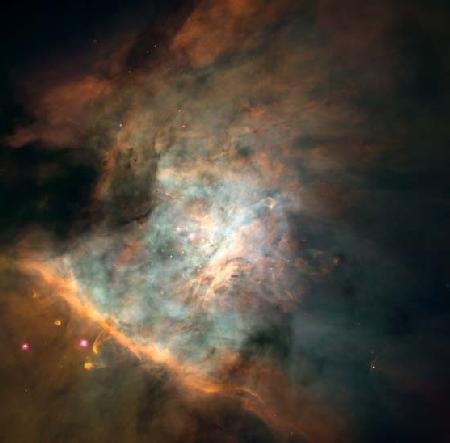
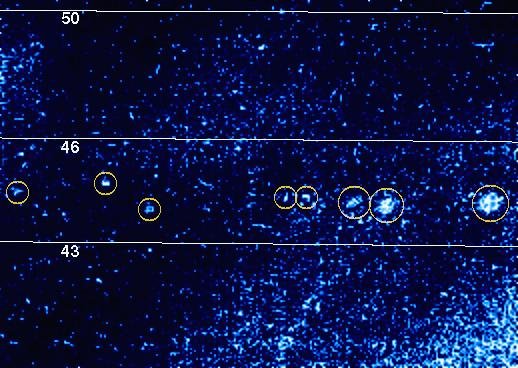
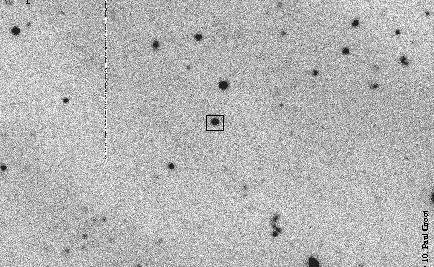
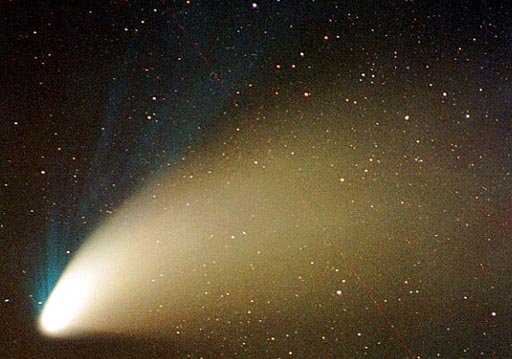
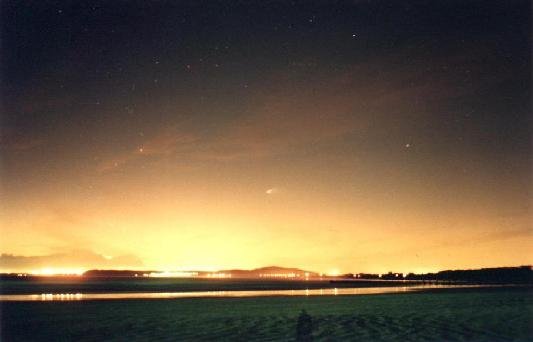
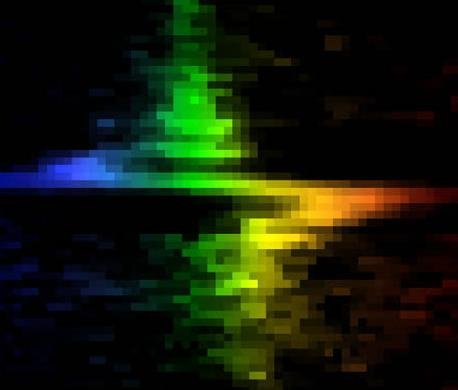
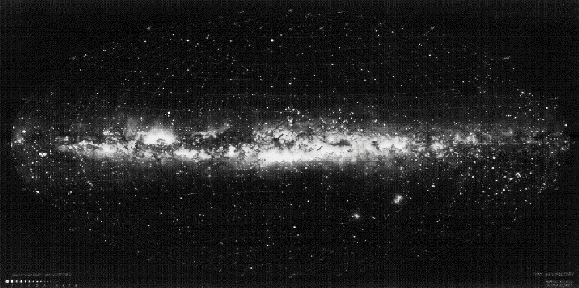
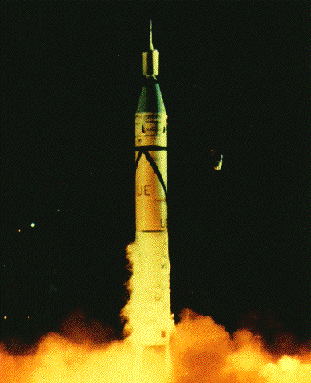
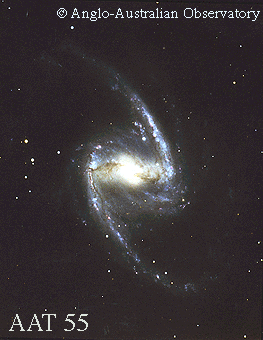
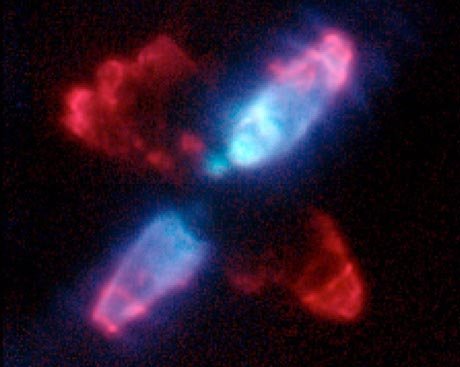
Resteemed to over 5800 followers and 100% upvoted. Thank you for using my service!
Send 0.100 Steem or 0.100 Steem Dollar and the URL in the memo to use the bot.
Read here how the bot from Berlin works.
@resteem.bot